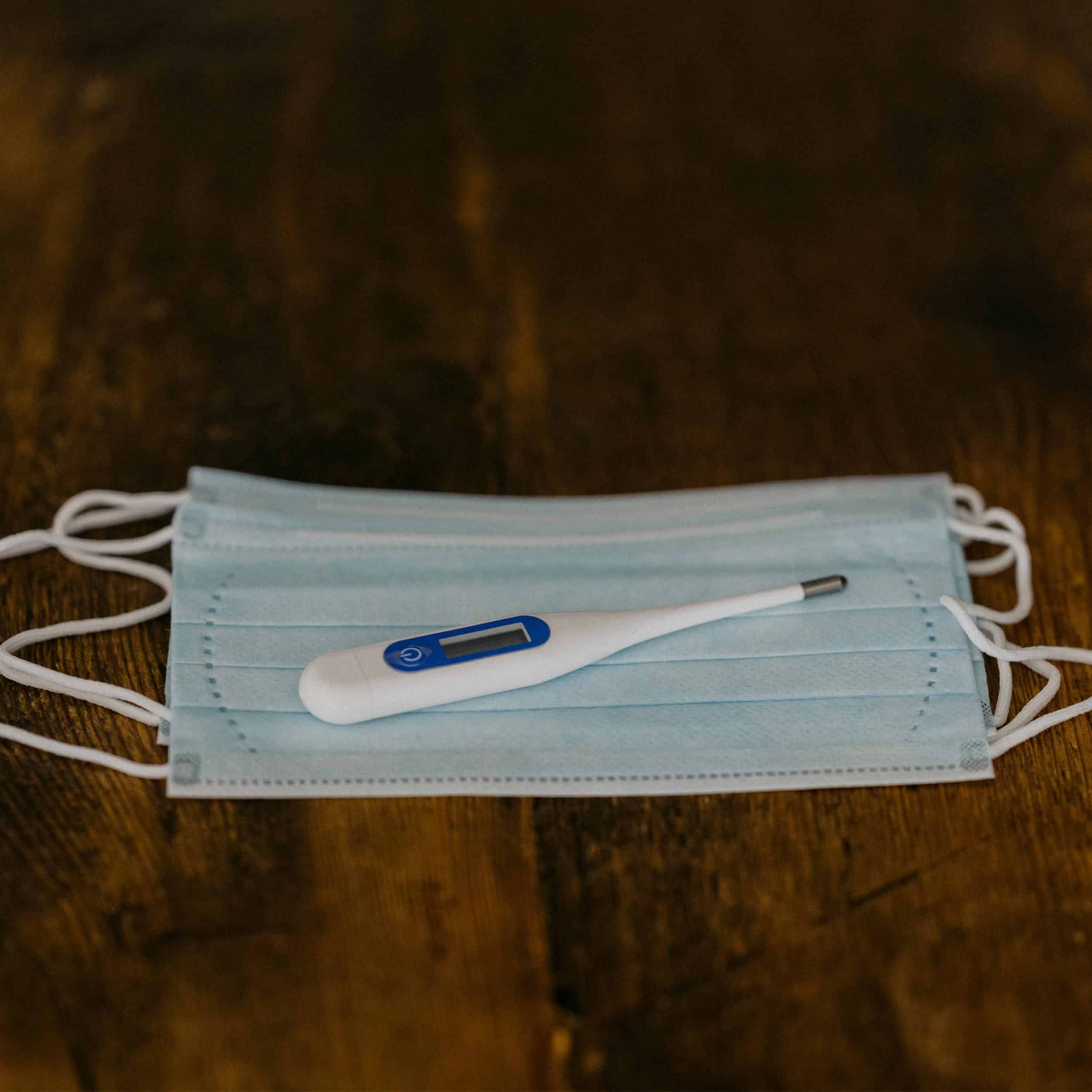Having discussed the situation of Covid-19 in Singapore, how to protect ourselves as well as the means of transmission, we can now take better pre-emptive measures in ensuring our own safety. However, that is not the end of what we should know or can do. Reducing chances of getting infected as much as possible does not guarantee that we are totally safe. Therefore, it is also important that we are aware of the symptoms to look out for in the unfortunate event that we might contract the virus.
- Fever
- Respiratory symptoms – Dry cough, runny nose and nasal congestion
- Tiredness, aches and pains
- Sore throat
- Diarrhoea
The first two symptoms are the most common and should not be taken lightly. The symptoms are usually mild and begin gradually. Thus it is crucial to seek medical attention immediately if you start showing signs of the mentioned symptoms.
Our last two articles covered how to check for water leaks and checking the condition of waterproofing systems. Now we will discuss how to fix some simple leaks yourself should you find any during this Circuit Breaker.
In most cases of simple water leaks, they are due to the sealants applied having worn off or are damaged over time. The easiest way to check is to see if you can simply peel them off or there are cracks and gaps.
Steps to fix simple water leaks:
- 1. Cut off old all the old sealant – It is important to ensure that all of it is removed as it will affect the bonding of the new sealant applied.
- 2. Clean the surface – Ensure it is totally clean and dust free as it will affect the bonding as well. You may use solvents such as thinner to help make it cleaner.
- 3. Reapply new sealant using a pump and apply pressure by pressing it down to seal all entry points preferably using your fingers for optimal control. (It is also advisable to wear latex gloves as it can be a very messy process and the sealants do not come off easily due to its waterproofing element.)
The choice of sealant used also plays a part as there are silicon and acrylic types that might suit different types of areas. If you wish to enquire on the type of sealant to use or have any other questions, do not hesitate to contact us for a free consultation or schedule a site visit for inspection!




